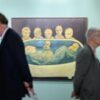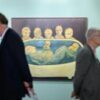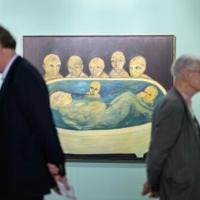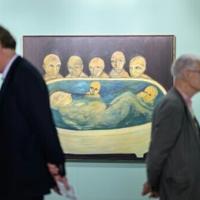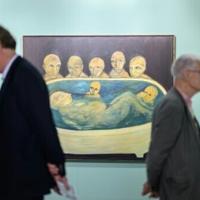This article is part of the Artnet Intelligence Report, The Year Ahead 2025. Our analysis of the second half of the year’s market trends provides a data-driven overview of the current state of the art world, highlighting auction results and trends, and spotlights the evolving tastes in a turbulent market.
There has been a lot of talk within the trade of converting luxury buyers to art collectors, especially in the millennial-to-Gen Z age group. How often does a buyer make that transition, and what does this demographic look for when it comes to art?
It’s more about converting someone to auction generally. Then, once they move into the auction market, they start to move between the various categories. If you look at Christie’s buyers and bidders globally, about 30 percent are millennial or Gen Z, so aged 44 and below. They have some distinct characteristics. Among the things that most draw them in are luxury, jewelry, and watches. But when it comes to art, they tend to be drawn to younger artists who are around their age. Partly, that’s probably because of the price point—those artists’ works are at the lower end, which is more accessible—but it’s also because the artists are reflecting the younger collectors’ values, whether through subject matter or medium. And this age group is much more digital, by which I mean they are interested both in digital art and in buying and selling online.
Christie’s has been doing business in the Gulf for 20 years, having opened a Dubai office in 2005. What market growth in the region have you witnessed since then, and how has it influenced your decision to open a Riyadh office now?
The Middle East is a region at the forefront of change, shifting tastes, and behaviors. I noted that a third of our global client base is under 44, but the proportion is even higher in the Middle East, where 58 percent of new buyers and bidders are millennials or younger. That partly has to do with the region itself. Saudi Arabia, for instance, has a very young population: 63 percent is under the age of 30.
I think, within the region, there is interest across all categories, without question. There is certainly a great interest in luxury, in line with the demographic—that’s not at all surprising. There is also a significant interest in modern Middle Eastern art. If you look at our sales in that category since 2020, they have risen 298 percent.
Additionally, the growing cultural infrastructure in Saudi Arabia is astonishing, and the impact of that is a growing commercial market within the kingdom and more internationally. The ambition and pace of Vision 2030 are incredible. The Islamic Arts Biennale is an example—the quality and curation of what was there are absolutely mind-blowing for how recently it was started.
Christie’s made headlines when it sold Salvator Mundi to Saudi Crown Prince Mohammed bin Salman in 2017. Was this a watershed moment for business with Saudi clients, or had there already been a steady influx of clients from the kingdom?
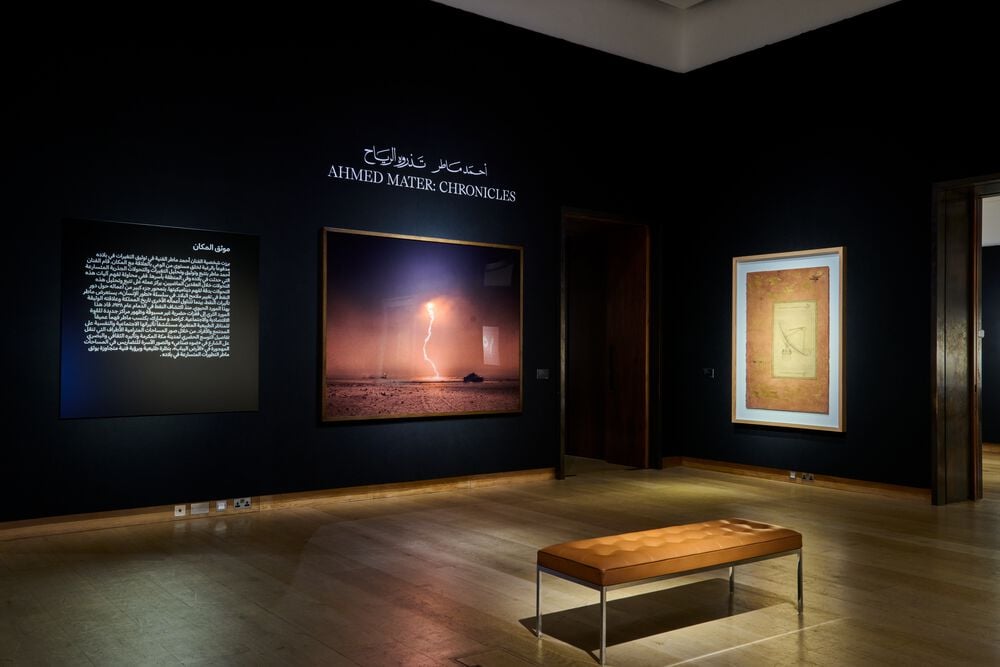
Christie’s staged a show of Saudi artist Ahmed Mater’s work at its London location last year, amid growing international interest in Middle Eastern art. Courtesy Christie’s Images, Ltd.
We’re grateful to have worked with passionate collectors from the kingdom for many years. I think collectors have been increasingly looking to buy cross-category, from Old Masters to 20th-century to jewelry. I think Vision 2030 is what’s driving the change and the ambition in the region that we’re seeing now. In the past five years, the number of buyers from the kingdom has risen 150 percent.
At the end of the last decade, there was concern among many art firms about Saudi Arabian business practices and alleged human rights abuses. This led Frieze’s parent company, Endeavor, to return a multimillion-dollar investment to the kingdom, and Sotheby’s to pull out of some events there. As the Saudi cultural infrastructure grows and investment from the kingdom expands, including recent deals with the U.K and France, how has Christie’s reconsidered the business landscape there?
We are reinforcing our presence in the region, as are many businesses at the moment. We believe there is an ongoing process of change, and we believe in the power of arts and the free marketplace as a positive force of change in society. We want to play our part using our global platforms to support arts and artists, wherever we do business.
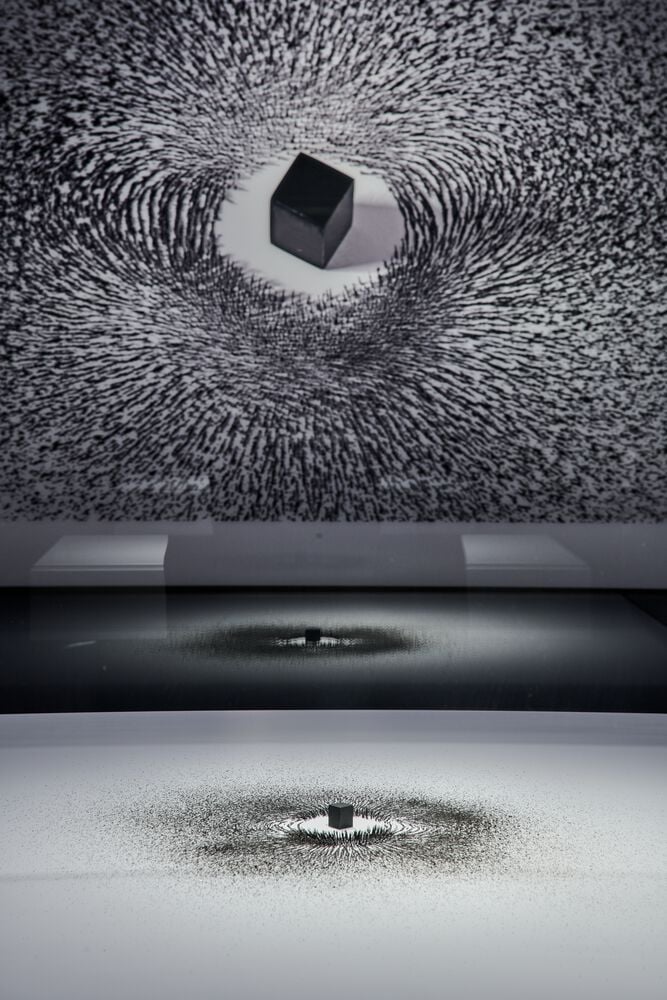
Installation view of “Ahmed Mater: Chronicles” at Christie’s
London in 2024. Courtesy of Christie’s Images Ltd. 2025.
What are some of the highlights you’re looking forward to soon in the region?
For me personally, my greatest pleasure is to visit and to be part of it, hand on heart. In addition to our programming partnership with the second edition of the Islamic Arts Biennale this year, which runs through May 25, we’ve got a number of collaborations that we’re working on that will be announced soon. The idea, of course, is that we will have regular touchpoints with the region’s collector base throughout the year. And to that end, what’s even more thrilling is that we now have an on-the-ground team in Riyadh, headed up by Nour Kelani. It’s such a joy to have a member of the Saudi ecosystem working with Christie’s so that we can learn from her and really expand our presence through her firsthand knowledge of the region. I think that’s very important to our success there.
This post was originally published on this site be sure to check out more of their content

